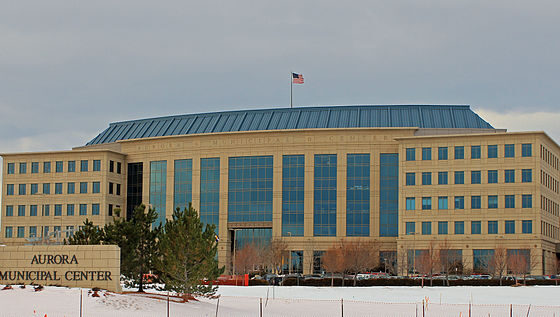Last Thursday, April 19, environmentalist club Divest DU—whose aim is to get DU to stop investing in the fossil fuel industry and gain transparency with students—hosted a presentation which discussed the university’s future endeavors to increase the use of solar power on campus and fulfill other projects to increase sustainability. James Rosner, vice chancellor of facilities management, directed the presentation.
Rosner is an ally of Divest DU. In his position, he oversees construction projects, parking and mobility services and operations (grounds, custodial, electrical, mechanical, plumbing, etc.). Because of the Board of Trustee’s decision last January to not divest, they instead wanted to implement some goals to work towards creating a more sustainable university. Rosner, Sustainability Coordinator Chad King and Lynn Bailey, assistant director of utilities and energy management worked together to develop 25×25—DU’s 2025 sustainability goals.
In his presentation, he told students about last year’s carbon footprint report that was presented to Chancellor Chopp, the renewable energy status of the campus, some transportations updates and the status of Denver Advantage.
The amount of energy consumption has reduced, said Rosner. Last year, the metric tons of carbon dioxide emitted (MTCDE) was at a negative 19 percent—the amount of carbon dioxide reduced. This measurement also considers the campus’s square footage and the amount of people. With these additional measurements, Rosner noted the new constructions on campus, such as the engineering building, as potential risks that could increase the MTCDE.
“As we’re building buildings, we’re needing to really be conscious and careful about what we’re doing and how energy efficient they are,” said Rosner.
Other parts of campus are seeking to improve their energy consumption. The Ritchie Center is expected to change all its fluorescent lights to LEDs. As described in the presentation, this action will help reduce the campus’s carbon footprint, for lights account for about half of DU’s carbon footprint. According to Rosner, this will be funded by the money saved from previous energy saving initiatives.
Regarding transportation, Rosner said DU will be partnering with the city of Denver to be a pilot for two projects: a dockless bike-share program and a campus shuttle to help students get across campus. The project is expected to help students needing to reach the other end of campus within the 10-minute passing period as well as minimize the number of abandoned bikes.
The station-free bike-share will be powered by Ofo, a platform in which users of their app are able to pay to use one of their bikes and then, to unlock it, the user will just need to scan the QR code on the bike’s license plate. After the trip, the user parks the bike in one of the corrals that will be dispersed across campus, locks it and then taps “trip complete” in the app. Rosner said the rides are expected to be 50 cents but there will also be subscription plans for students. About 200 bikes will be on campus and the program is expected to begin before the end of this spring quarter.
The campus shuttle, powered by Chariot, will be able to seat 12-15 passengers and will be free to students. DU will start with two shuttles, one driving clockwise and the other counter clockwise. To ride it, students will have to book a spot and the shuttle will stop at one of six locations. The proposed six locations may be University Station, the Ritchie Center, the administrative office building, warren circle, lot H1/H2 and Nagel Hall.
These two implementations are aimed at decreasing the campus’s carbon footprint by limiting the need for using cars on campus.
The three construction projects occurring in following years as a part of the Denver Advantage initiative will also bring new projects to continue the pursuit for a more sustainable campus.
The all new first-year residence hall, which will be located on High Street, is proposed to have 10,000 square feet of rooftop solar panels. The Pioneer Career Achievement Center is aiming to be, according to Rosner, the first LEED platinum status building on DU.
The third project, the new community commons, will also accommodate the signalized crossing in Evans in front of Anderson Academic Commons (AAC) to make up for the loss of the bridge for the next two years. According to Rosner, he and the administration counted, one day in October, the number of people who crossed Evans Avenue on the bridge or outside and saw that each spot had about 4,000 crossings in a day. Out of that amount, 90 percent of crossings in front of AAC were non-compliant—crossings without pressing the button and waiting for the light to signal a safe passage.
The plans for the anticipated influx of crossings will be to revamp the outdoor crossing by making it Z-figured which will force commuters to face in the direction of traffic. There will also be a wide sidewalk in the center which will be destined as a safe zone. There will also be a new fully signaled crosswalk on Race Street which will include a separate bike lane.
In conclusion of his presentation, Rosner encouraged students to keep involved in sustainability initiatives to communicate to the administration what should be continued to evolve DU into a greener campus.











